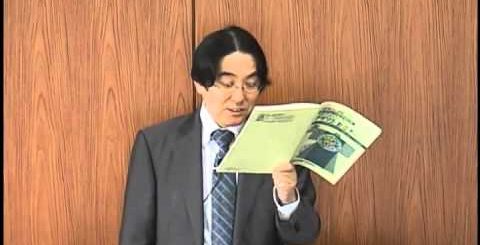Kathleen Stockwell on Nicaragua and El Salvador
Nicaragua, officially the Republic of Nicaragua (Spanish: República de Nicaragua, is the largest country in the Central American isthmus, bordered by Honduras to the north and Costa Rica to the south. The country is situated between 11 and 14 degrees north of the Equator in the Northern Hemisphere, which places it entirely within the tropics. The Pacific Ocean lies to the west, and the Caribbean Sea to the east. The country’s physical geography divides it into three major zones: Pacific lowlands; wet, cooler central highlands; and the Caribbean lowlands. On the Pacific side of the country are the two largest fresh water lakes in Central America—Lake Managua and Lake Nicaragua. Surrounding these lakes and extending to their northwest along the rift valley of the Gulf of Fonseca are fertile lowland plains, with soil highly enriched by ash from nearby volcanoes of the central highlands. Nicaragua’s abundance of biologically significant and unique ecosystems contribute to Mesoamerica’s designation as a biodiversity hotspot.
The Spanish Empire conquered the region in the 16th century. Nicaragua achieved its independence from Spain in 1821. Since its independence, Nicaragua has undergone periods of political unrest, dictatorship, and fiscal crisis—the most notable causes that led to the Nicaraguan Revolution of the 1960s and 1970s. Prior to the revolution, Nicaragua was one of Central America’s wealthiest and most developed countries. The revolutionary conflict, paired with a 1972 earthquake, reversed the country’s prior economic standing. Nicaragua is a representative democratic republic, and has experienced economic growth and political stability in recent years. In 1990, Nicaragua elected Violeta Chamorro as its president, making it the first country in Central American history and the second in the Western Hemisphere to democratically elect a female head of state.
The population of Nicaragua, approximately 6 million, is multiethnic. Roughly a quarter of the population lives in the capital city, Managua; it is the second-largest city in Central America. Segments of the population include indigenous native tribes from the Mosquito Coast, Europeans, Africans, Asians, and people of Middle Eastern origin. The main language is Spanish, although native tribes on the eastern coast speak their native languages, such as Miskito, Sumo, and Rama, as well as English Creole. The mixture of cultural traditions has generated substantial diversity in art and literature, particularly the latter given the various literary contributions of Nicaraguan writers, including Rubén Darío, Ernesto Cardenal, and Gioconda Belli. The biological diversity, warm tropical climate, and active volcanoes make Nicaragua an increasingly popular tourist destination.
http://en.wikipedia.org/wiki/Nicaragua
El Salvador (Spanish: República de El Salvador, literally ‘Republic of The Savior’) is the smallest and the most densely populated country in Central America. The country’s capital city and largest city is San Salvador; Santa Ana and San Miguel are also important cultural and commercial centers in the country as well as Central America. El Salvador borders the Pacific Ocean on the west, and the countries of Guatemala to the north and Honduras to the east. Its easternmost region lies on the coast of the Gulf of Fonseca, opposite Nicaragua. As of 2009, El Salvador had a population of approximately 5,744,113 people, composed predominantly of Mestizos.
The colón was the official currency of El Salvador from 1892 to 2001, when it adopted the U.S. Dollar.
In 2010 El Salvador ranked in the top 10 among Latin American countries in terms of the Human Development Index and in the top 3 in Central America (behind Costa Rica and Panama), due in part to ongoing rapid industrialization. In addition, tropical forests and overall forest cover has expanded by nearly 20 percent from the year 1992 to 2010, making it one of the few countries experiencing reforestation.
http://en.wikipedia.org/wiki/El_salvador



